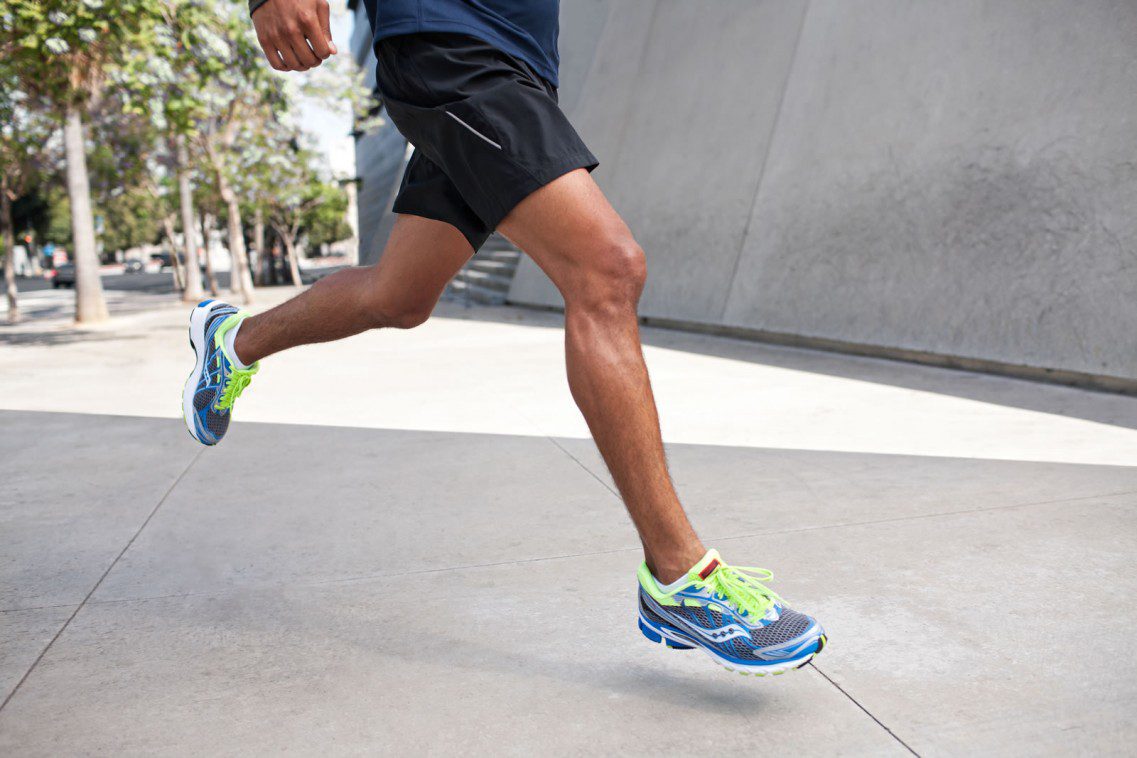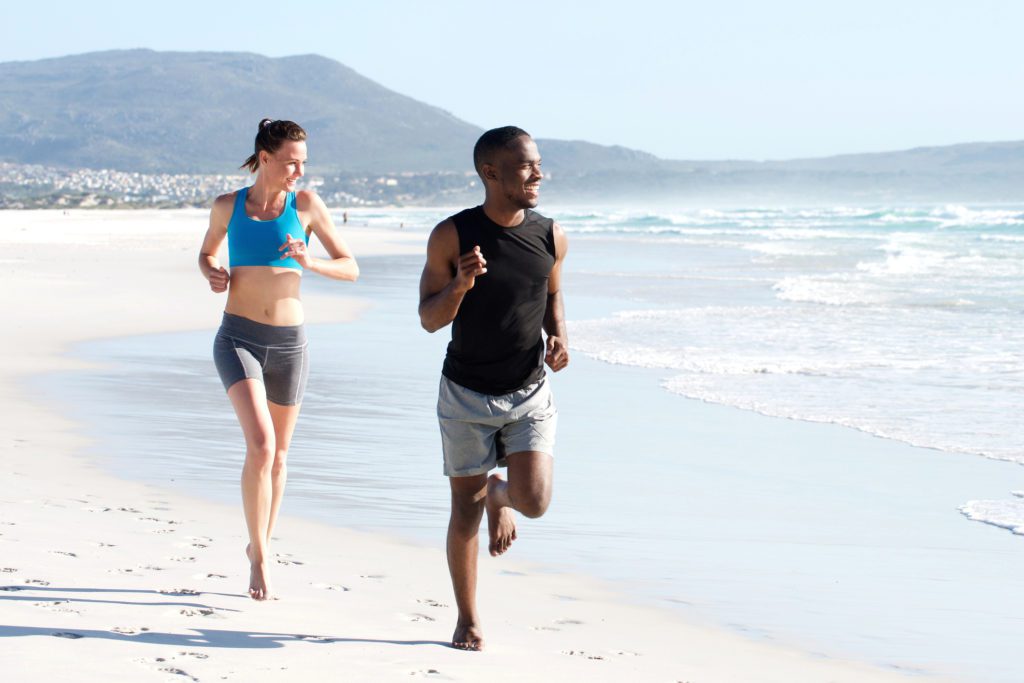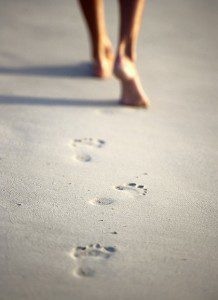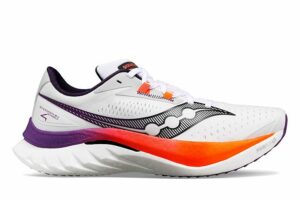Why pronation is not a dirty word
There's a lot of confusion over whether pronation is a good thing or a bad thing. Here's how to get clear on the issue

Pronation is the the foot and ankle’s natural inward roll when a runner’s foot contacts the ground, and not only is it natural, it’s essential for efficient running. Most runners naturally strike the ground with the foot’s outside edge. Then, ideally, the foot rolls inward, to allow the middle and inner edge of the foot to contact the ground. As the foot approaches toe-off, it starts rolling back towards the outside. This is called supination.
RELATED: New advancements in gait analysis can take your running to the next level

Too little pronation and too much pronation (what runners and marketers selling stability or motion-control shoes refer to as over-pronation) can both lead to increased risk of injury. But how much is too much, and how little is too little?
How do we measure it?
There are different ways to measure pronation, for example using high frame-rate motion-capture imaging from a perspective immediately behind the runner. But to measure pronation consistently both indoors and outdoors, the best solution is with a small footpod (inertial measuring unit) that can reliably measure pronation values simultaneously on the left and right sides.

What is normal pronation?



